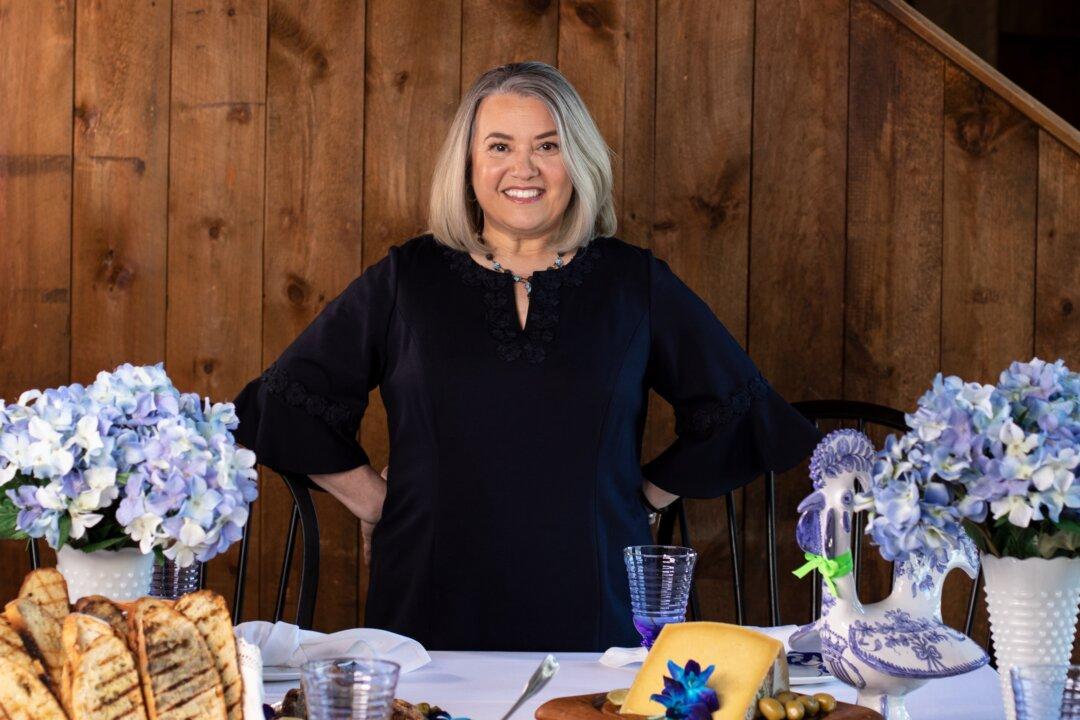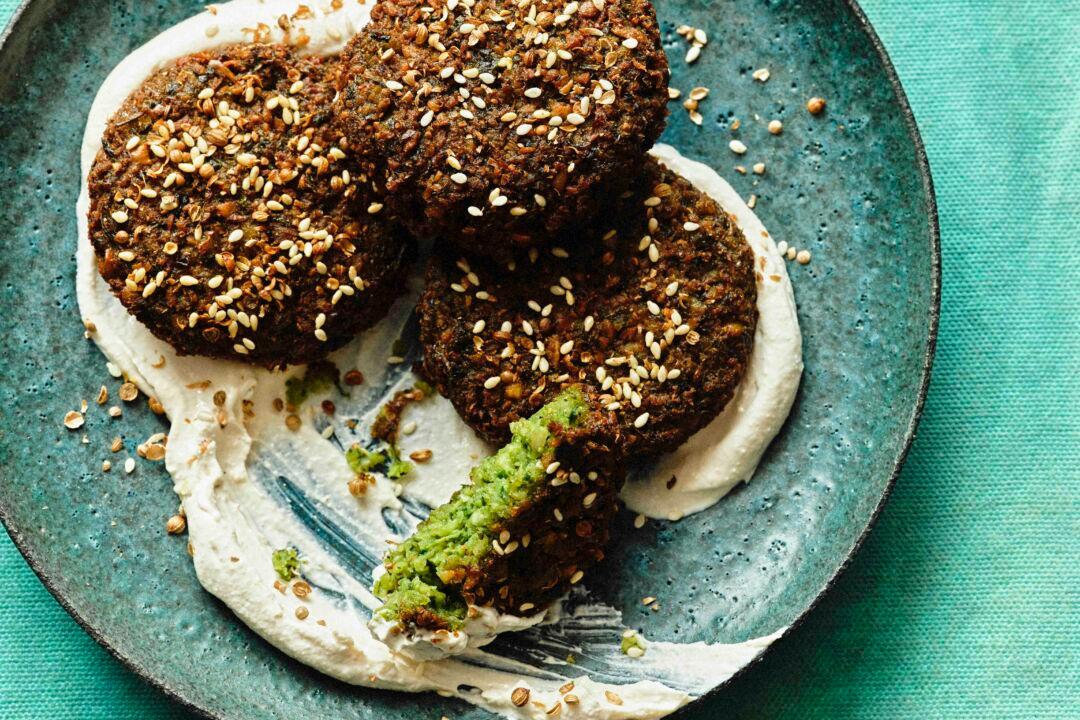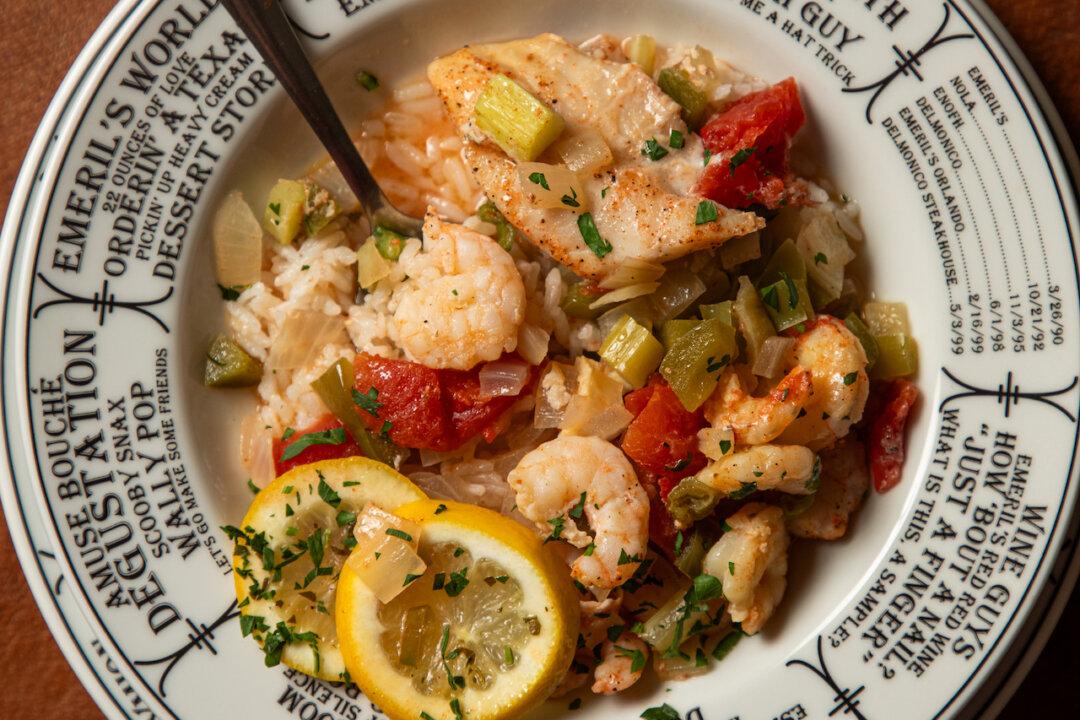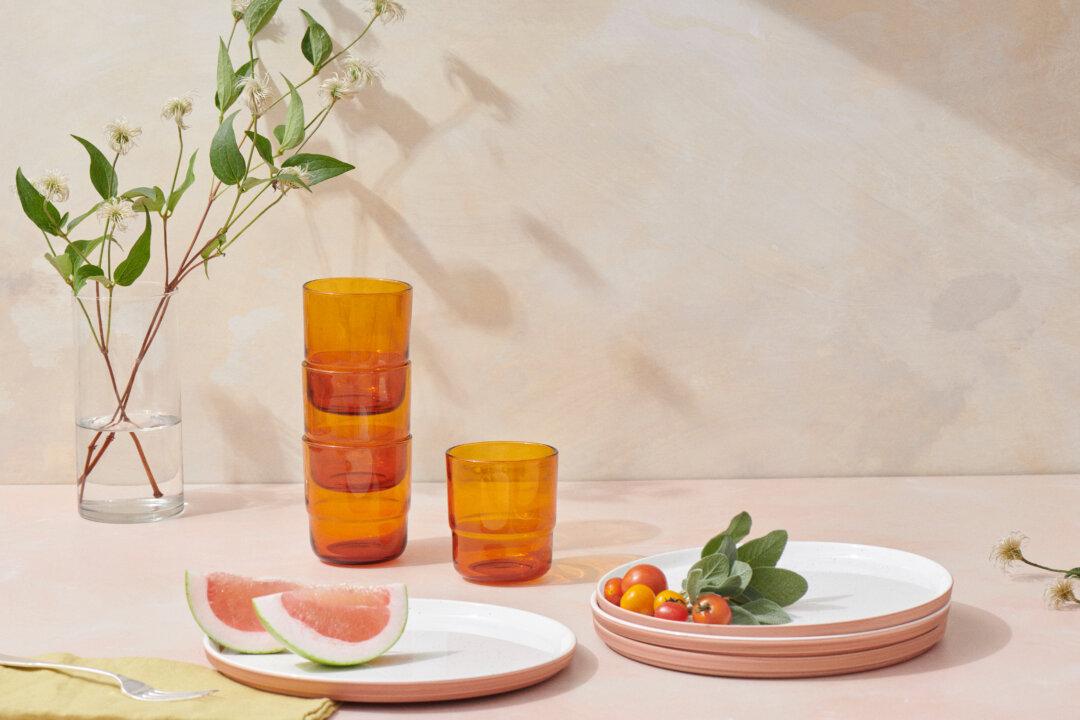One of the habits I most looked forward to in becoming an adult was buying my own flowers for my dining room table. I remember cashing my first paycheck as a green 22 year old, freshly out of college and starting my first job. I went straight to the grocery store and purchased sparkling water, brie, French bread, and a bouquet of sunflowers.
Every morning that week, those fresh flowers greeted me cheerily as I readied for my day. I loved the way they seemed to smile at me from my thrifted table, shining brightly in the vase I had bought for less than a dollar. Having fresh flowers felt like a mark of domestication: Those blooms turned my apartment into a home.
That was nearly 10 years ago, long before I dreamed of starting Juneberry Floral Co., my local flower business, or arranging flowers for anyone but myself. In those early years of flower buying, when my budget was tight, I learned a lot about improvising with a few bundles of cheaper flowers to create looks that I liked. I knew from memory how much different blooms cost at the market, and loved piecing together different flowers to make something new.

Most of all though, I learned about the joy and sense of accomplishment that comes from creating simple, at-home floral arrangements to enjoy with a cup of tea at the table.
Early summer is abundant with a variety of flowers and blooms. Markets and home gardens alike blossom with lilies, foxgloves, daisies, roses, and my personal favorite, hydrangeas. Creating a bouquet for your own kitchen table (or a friend’s!) is full of possibilities.
Hydrangeas
These summer blooms come in a variety of colors. My husband happened to be at our local plant nursery during a summer sale a few years ago and bought me 10 bushes, so my house is covered in hydrangeas in June and early July. The color of some species of hydrangeas, such as the bigleaf, depends on the pH level of your soil. By adjusting the levels of your soil, you can actually turn your hydrangeas from blue to pink, or vice versa. Blue hydrangeas have to grow in an acidic soil, with a pH of 5.5 or lower; pink flowers should be grown in soil with a pH of 6.0 to 6.2; and purple flowers will bloom if the pH is somewhere in between.Whether you’ve grown your own hydrangeas or purchased them from a grocery store, cut them at an angle at least two inches from the bottom of a stem before placing them in water. Hydrangea stems can be tough, so using shears or a knife makes the job easiest. Then, snip off all the leaves below the bloom—these leaves rot quickly when placed below the water line.
To make your hydrangeas last, consider purchasing a jar of alum, a pickling spice you can buy from the grocery store. After you cut the stems, dip them quickly into the jar of alum before placing them in your vase. The alum keeps the stem of the hydrangea open, so it will bloom inside for a longer period of time.
(Note: Be cautious if you have pets. Ingesting large amounts of hydrangeas is deemed harmful.)

Lavender
This is my absolute favorite early summer bloom to work with. Not only does lavender smell incredible, but some varieties grow tall and give off a whimsical look in a bouquet, especially when mixed with eucalyptus or mint.My favorite lavender variety to work with is English Royal Purple Lavender. I grow them in my garden, where they have come back year after year, growing about two and a half feet in height. The lavender stops blooming when the weather gets too hot in late July and August, but in June, I love picking a few sprigs and adding them to my hydrangea bouquets. I like to cut the lavender at a different height from the hydrangea, and then spread it throughout the bouquet to give interest and definition.
I really enjoy using lavender as an accent, though it can also be dried in bunches—simply tie a small bunch together with twine at the stem, and hang upside down for a few weeks—and then used throughout the year as decoration. My grandmother always put dried crushed lavender into pouches to freshen her sock drawer.

Greenery
My favorite part about June in Pennsylvania is how lush and green everything is. During this season, I love adding lots of greenery into my arrangements.One of my favorite greens to use is eucalyptus, which can usually be purchased from any market or grocery store. Eucalyptus comes in several varieties—Silver Dollar, Baby Blue, and Willow are my favorites, but there are others as well—and complements nearly any flower it is in an arrangement with. It also looks elegant and sophisticated on its own, making it a perfect choice for the budget-conscious arranger.
Mint is my other favorite summer green to work with in an at-home bouquet. It’s an unexpected choice, but mint overruns my garden every summer, and I can only drink so much sweet tea, so I’ve put it to other uses in my bouquets. I love the fresh look mint brings to any arrangement, and it smells delightful. The stems aren’t long, but the bright color complements the vivid summer blooms. I use apple mint.

Arranging Tips
Once all the flowers have been cut and treated, my favorite part is arranging them in a vase. For hydrangeas, I love the simple, classic look of mason jars as a vase, but of course any vase will do. The hydrangeas should sit about 2 inches above the rim of the vase.If I’m using a wide-rimmed vase, I like to first fill it with water, then create a grid using scotch tape, which will provide more structure for the hydrangeas. I personally prefer an odd number of hydrangeas in my bouquets—three, five, or seven—as it creates a pleasing triangular design.
Have fun arranging the greenery and lavender throughout the vase—hydrangeas are forgiving flowers to work with and almost always look beautiful.
Whether you are picking blooms from your own garden or purchasing from the market this summer, I hope you indulge in the life-giving pleasure of placing a bouquet on your kitchen table.





